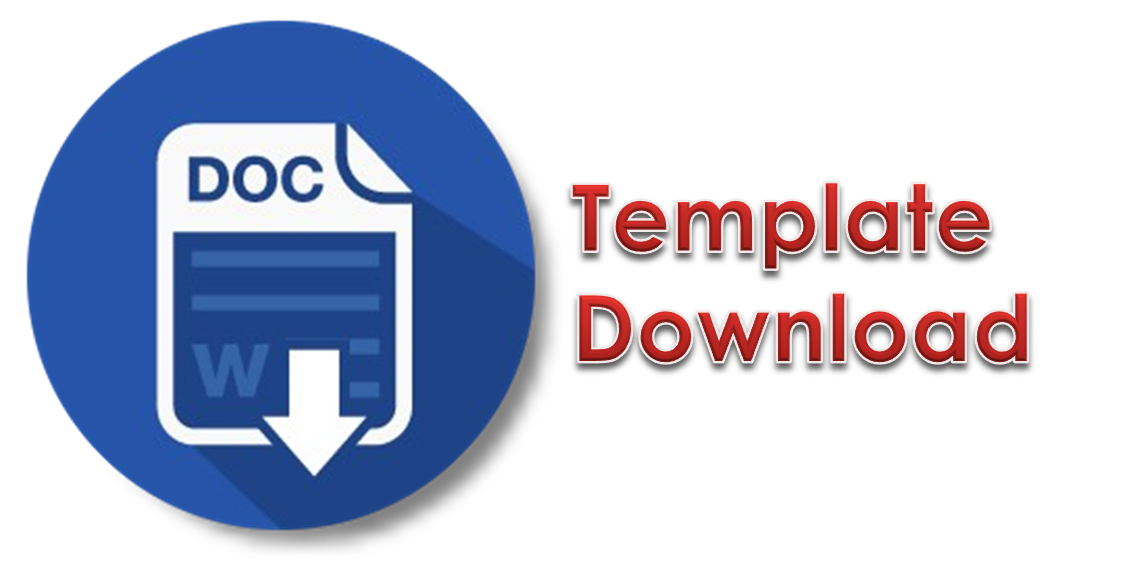Konsep Pembelajaran Berdiferensiasi di Sekolah Dasar: Sebuah Tinjauan Literatur Sistematis
DOI:
https://doi.org/10.31100/dikdasmatappa.v7i4.4096Keywords:
Differentiated Instruction, Elementary School, learning qualityAbstract
One of the efforts to improve the quality of learning is through practices that prioritize student-centered learning. Student-centered learning practices can be designed through the concept of differentiated instruction. However, the lack of teacher involvement in gathering data on students' learning needs and interests has resulted in learning processes that tend not to accommodate the diverse needs of students. This study aims to analyze and describe the implementation of differentiated instruction carried out in primary schools. The review process includes the collection and analysis of literature related to the application of differentiated instruction, focusing on aspects of students' learning readiness, interests, and learning profiles. The findings indicate that differentiated instruction can enhance learning effectiveness by providing more personalized and meaningful learning experiences for students. This article is expected to offer new insights and practical recommendations for teachers, schools, and policymakers in implementing differentiated instruction in primary schools.
References
D'Intino, JS, & Wang, L. (2021). Differentiated instruction: A review of teacher education practices for Canadian pre-service elementary school teachers. Journal of Education for Teaching , 47 (5), 668-681.
De Neve, D., & Devos, G. (2016). The role of environmental factors in beginning teachers' professional learning related to differentiated instruction. School Effectiveness and School Improvement , 27 (4), 357-379.
Coubergs, C., Struyven, K., Vanthournout, G., & Engels, N. (2017). Measuring teachers' perceptions about differentiated instruction: The DI-Quest instrument and model. Studies in Educational Evaluation , 53 . https://doi.org/10.1016/j.stueduc.2017.02.004
de Jager, T. (2017). Perspectives of teachers on differentiated teaching in multicultural South African secondary schools. Studies in Educational Evaluation, 53, 115–121. https://doi.org/10.1016/j.stueduc.2016.08.04
Faiz, A., & Faridah, F. (2022). PROGRAM GURU PENGGERAK SEBAGAI SUMBER BELAJAR. Konstruktivisme: Jurnal Pendidikan Dan Pembelajaran, 14(1). https://doi.org/10.35457/konstruk.v14i1.1876
Gheyssens, E., Coubergs, C., Griful-Freixenet, J., Engels, N., & Struyven, K. (2020). Differentiated instruction: the diversity of teachers' philosophy and praxis to adapt teaching to students' interests, readiness and learning profiles. International Journal of Inclusive Education. https://doi.org/10.1080/13603116.2020.1812739
Gibbs, K., & McKay, L. (2021). Differentiated teaching practices of Australian mainstream classroom teachers: A systematic review and thematic analysis. International Journal of Educational Research, 109. https://doi.org/10.1016/j.ijer.2021.101799
Ismajli, H., & Imami-Morina, I. (2018). Differentiated instruction: Understanding and applying interactive strategies to meet the needs of all the students. International Journal of Instruction, 11 (3), 207–218. https://doi.org/10.12973/iji.2018.11315a
Lavania, M., & Nor, FBM (2020). Barriers in differentiated instruction: A systematic review of the literature. In Journal of Critical Reviews (Vol. 7, Issue 6, pp. 293–297). Innovare Academics Sciences Pvt. Ltd. https://doi.org/10.31838/jcr.07.06.51
Marlina, M. (2019). Guidelines for Implementing Differentiated Learning Models in Inclusive Schools.
Maulana, R., Smale-Jacobse, A., Helms-Lorenz, M., Chun, S., & Lee, O. (2020). Measuring differentiated instruction in The Netherlands and South Korea: factor structure equivalence, correlates, and complexity level. European Journal of Psychology of Education, 35 (4), 881– 909. https://doi.org/10.1007/s10212-019-00446-4
Santangelo, T., & Tomlinson, CA (2012). Teacher Educators' Perceptions and Use of Differentiated Instruction Practices: An Exploratory Investigation. Action in Teacher Education, 34 (4), 309–327. https://doi.org/10.1080/01626620.2012.717032
Shareefa, M., & Moosa, V. (2020). The Most-cited Educational Research Publications on Differentiated Instruction: A bibliometric analysis. European Journal of Educational Research, 9 (1). https://doi.org/10.12973/eu-jer.9.1.331
Sun, Y., & Xiao, L. (2021). Research trends and hotspots of differentiated instruction over the past two decades (2000-2020): a bibliometric analysis. In Educational Studies. https://doi.org/10.1080/03055698.2021.1937945
Taylor, BK (2015). Content, process, and product: Modeling differentiated instructions. Kappa Delta Pi Records, 51 (1), 13–17. https://doi.org/10.1080/00228958.2015.988559
Tomlinson, CA (2001). How to differentiate instruction in mixed-ability classrooms. ascd.
Tomlinson, CA (2014). The differentiated classroom: Responding to the needs of all learners. ascd.


